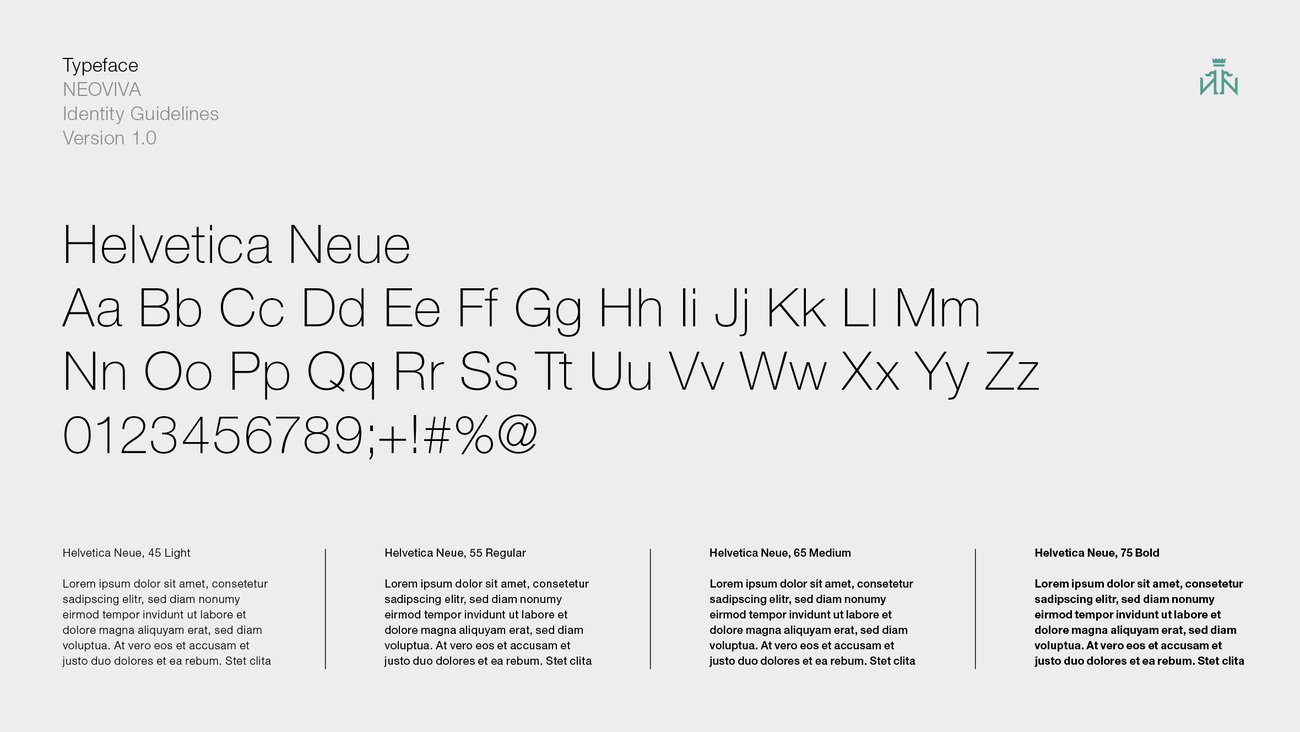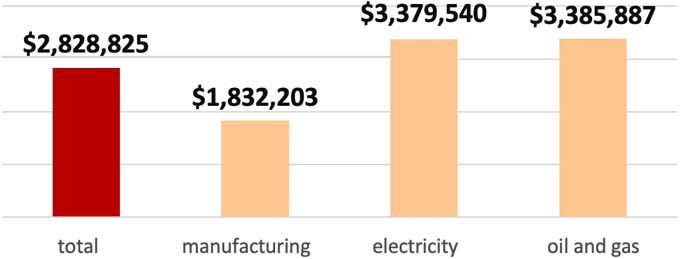Commodity prices: Estimates for the next 12 months
What a roller coaster ride: In the past eight months, the price of a barrel of Brent crude oil initially almost doubled from around 70 to more than 130 U.S. dollars, only to drop again by 20 percent. The price is now around 120 U.S. dollars, but continues to fluctuate noticeably. It should come as too much of a surprise [...]
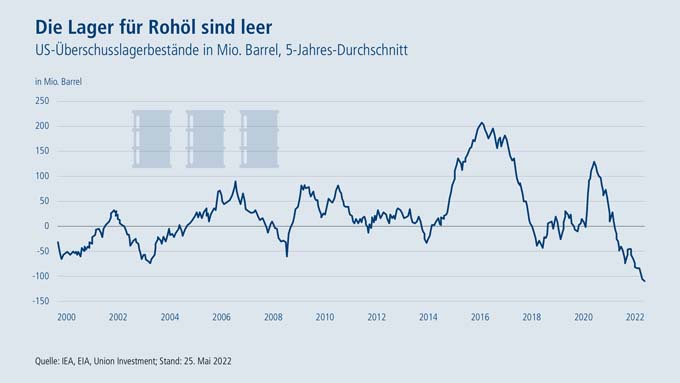
Commodity prices: Ukraine war causes crude oil prices in particular to rise
A look back: The coronavirus pandemic led to a significant drop in demand for crude oil and refined oil products worldwide. People drove fewer cars and flew less often or no longer went on vacation. The mood in the industry was also subdued and energy demand was therefore significantly reduced. In order to keep prices stable, the Organization of the Petroleum Exporting Countries (OPEC) reacted and countered the low demand with low supply. It cut production. When the pandemic slowly receded into the background and demand rose again, but production initially remained the same, the oil price began to soar. Inventories emptied. Then the war in Ukraine began and the oil price literally went through the roof. In addition to the already increased demand, there was uncertainty in the face of impending supply stops and possible embargoes against the backdrop of empty stocks. In addition, the oil industry has not invested for a very long time against the backdrop of the sustainable transformation of the economy. Renewable energies are set to replace oil and gas in the long term. So why spend a lot of money to develop a new oil field? The result: production capacity can no longer be ramped up without further ado. This has put the oil companies in a comfortable situation. Costs are low because little has been invested, but cash flows are immense thanks to strong demand and high prices. No wonder that shares in oil companies have performed very well in recent months. Nevertheless, the events in Ukraine and the consequences for the global market have made it clear that we are not yet ready for the oil phase-out. Shifts on the supply side could result in a significant price reaction. However, at least with regard to crude oil, it can be stated that the situation has calmed down somewhat. The release of strategic reserves by the USA, for example, has eased the market, OPEC has adjusted production upwards again and Russian oil is finding alternative routes back onto the world market. Instead of flowing westwards as before, it is now flowing eastwards to Asian customers such as China and India. They are buying the oil at a considerable discount of around 35 US dollars per barrel. Basically, the supply situation is intact. Against this backdrop, the question arises: why is the consumer feeling so little of the improved supply? The answer is indeed difficult. This is because the price of refined products has actually decoupled somewhat from the development of the oil price. The high costs at the pump are not least due to the fact that Russia is not only a major oil exporter, but also sells many oil products abroad. In addition to the 2.7 million barrels of crude oil that Russia exports to the EU, there are also 2.3 million barrels of refined products, such as diesel or gasoline. And these products cannot be easily replaced because they are usually refined as close as possible to the end consumer. As some refineries are also out of action due to the war, the remaining sites are operating at full capacity and margins have climbed to record levels. For this reason, the reduction in the mineral oil tax will only help to ease the burden on consumers with a delay, if at all.Vacation season additionally increases demand
The problem is that the situation is unlikely to improve much in the coming weeks. Millions of Europeans are looking forward to their summer vacation, for many it will be the first real time off after the coronavirus years - and hardly anyone will want to miss it, not even for cost reasons. In addition, China is increasingly easing its coronavirus measures, which means that more oil is likely to be needed in China again. This means increased demand, which is coming up against low stocks, tight refinery capacities and limited supply. And because upstream products are also affected by demand, the oil price should also remain at a high level in the coming months. The good news is that the situation should gradually ease from late summer onwards. This is because two effects are to be expected: supply is constantly increasing, as both OPEC and the USA are expanding their production. At the same time, the expensive price of fuel will hit consumers' wallets, especially as measures such as the fuel rebate in Germany will no longer apply. This means that demand is slowly declining. The whole thing is happening at a time when, for seasonal reasons, less oil is needed anyway than in the height of summer, for example - especially as many people are likely to fill their oil tanks earlier than usual this year for fear of supply shortages. The bottom line is that the price of oil should gradually fall. A barrel of Brent crude should cost around USD 95 by the end of 2022. In twelve months, the price could then be USD 80 - provided we do not see any further escalation in the Ukraine war, for example through the involvement of other warring parties, or a sharp rise in demand from China.Gas price remains permanently at higher level
Unlike oil, we will have to get used to structurally higher prices for gas. Until now, Europeans have been in the comfortable situation of being supplied with cheap pipeline gas from Russia. But the Russian invasion of Ukraine changed everything. The risk of Europe's enormous dependence on Russia came to light and the issue of energy security moved to the top of the agenda for politicians, companies and private households. On the one hand, Russia could stop gas supplies at any time, plunging Europe's economy into a deep recession. On the other hand, gas exports are an important source of revenue for Russia, which is also used to finance its war of aggression. Until February, some countries had not seen the dependence as a problem. Now, however, there is acute pressure to act. One key: The large-scale - and in any case urgently needed in the fight against climate change - energy turnaround, which is becoming even more important as a result of current developments.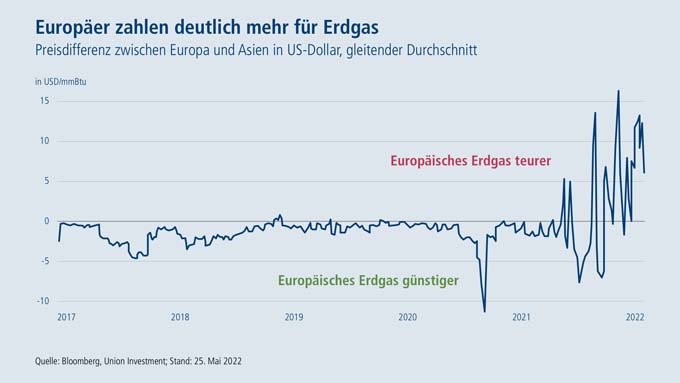
Solidarity agreement for gas between Germany and Switzerland
Rising commodity prices are preoccupying politicians on many fronts. At the World Economic Forum (WEF) in Davos, for example, Federal Councillors Guy Parmelin and Simonetta Sommaruga met with German Vice-Chancellor Robert Habeck. They decided to conclude a solidarity agreement on gas supply in crises. The aim of this agreement is "that we can support each other in an emergency", explained Federal Councillor Sommaruga. Nothing has been signed yet. Sommaruga went on to explain that it was impossible to know how long it would take to reach the solidarity agreement. But the will for a pragmatic solution is there. Switzerland is currently around 40 percent dependent on Russian gas for its households, particularly through supplies from Germany. The Federal Council also confirmed that it wanted to build up alternative reserves in countries such as France, Germany and the Netherlands. Germany, which is highly dependent on Russian gas, has just signed a partnership with Qatar. Part of this package provides for the purchase of liquefied natural gas. "Swiss companies can apply to be involved in this," Habeck said at the WEF. (red./SDA, Swissinfo)
This article originally appeared on m-q.ch - https://www.m-q.ch/de/rohstoffpreise-einschaetzungen-fuer-die-naechsten-12-monate/








 Design corporate communications and PR Methods for strategic planning, control and evaluation.
Design corporate communications and PR Methods for strategic planning, control and evaluation. Practice Guide for Artificial Intelligence in Marketing and Sales Examples, concepts and use cases.
Practice Guide for Artificial Intelligence in Marketing and Sales Examples, concepts and use cases. AQ Why adaptability is the most important future competence.
AQ Why adaptability is the most important future competence.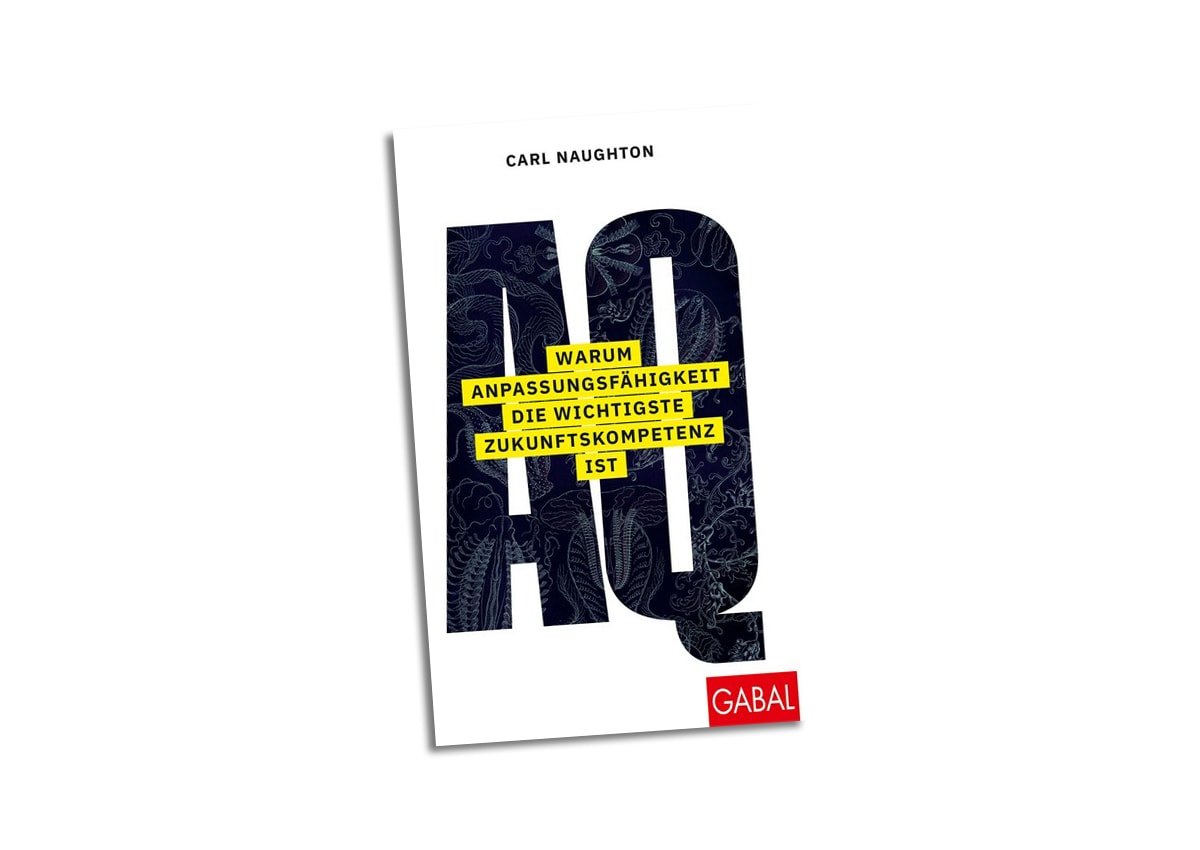 Empowered How companies motivate every employee to achieve exceptional results.
Empowered How companies motivate every employee to achieve exceptional results.
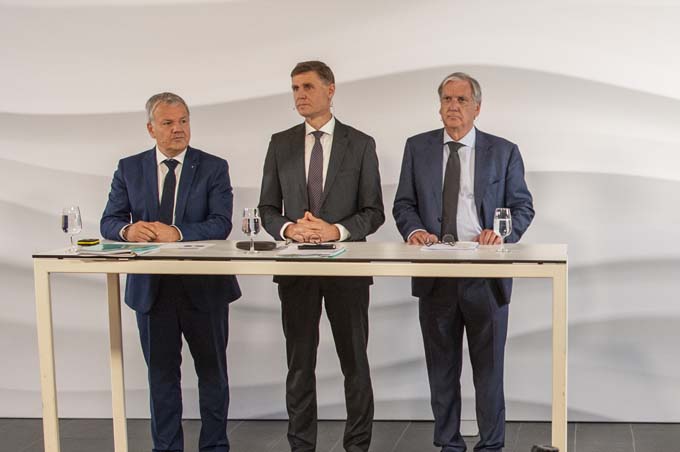
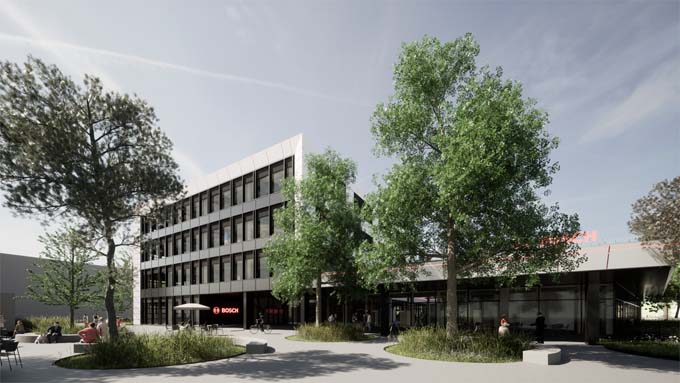
 Twenty small apartments are being created in Zurich's Kreis 5 through the renovation of an old building, which, despite their compactness, are intended to offer a high level of comfort for individuals. Urban, young individualists who want to live in the direct vicinity of the urban nightlife district in Zurich and who attach as much importance to lifestyle as to architecture and location are to be addressed, especially in the immediate vicinity of the property.
Twenty small apartments are being created in Zurich's Kreis 5 through the renovation of an old building, which, despite their compactness, are intended to offer a high level of comfort for individuals. Urban, young individualists who want to live in the direct vicinity of the urban nightlife district in Zurich and who attach as much importance to lifestyle as to architecture and location are to be addressed, especially in the immediate vicinity of the property. 
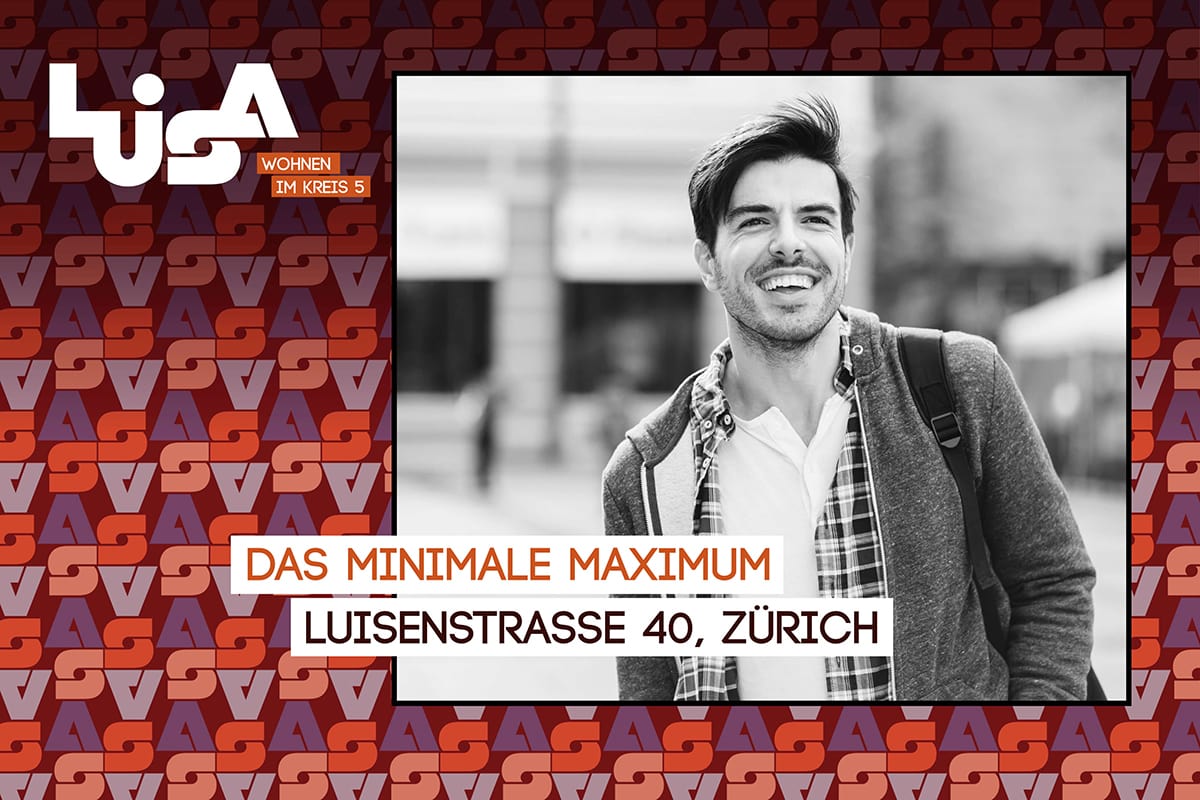





 The streaming giant Netflix has made it to our country's main tables and parlors with the voting campaign for May 15, 2022. But that's not all, because it is also reshaping the meaning of a somewhat retro-looking word in German-speaking countries: Spoiler. In the 1980s, when the casuals in white socks and wide-open shirts let their elbows hang out of the window and took a leisurely drag on their Muratti cigarettes as they drove through the city center, there was usually a spoiler on the back of the car. The bigger, the cooler. The successors of this type of man - today called car posers - focus more on horsepower and engine decibels than on aerodynamics. Yet in the German-speaking world, this was precisely the only interpretation of the word spoiler. Derived from the English to spoil For a long time it was simply called Reduce air resistancebut actually completely translated also spoil or ruin. But what used to be known to car enthusiasts as a sheet metal or plastic part on vehicles that favorably influenced aerodynamic conditions and was laughed at in car-critical cities is now the talk of the town.
The streaming giant Netflix has made it to our country's main tables and parlors with the voting campaign for May 15, 2022. But that's not all, because it is also reshaping the meaning of a somewhat retro-looking word in German-speaking countries: Spoiler. In the 1980s, when the casuals in white socks and wide-open shirts let their elbows hang out of the window and took a leisurely drag on their Muratti cigarettes as they drove through the city center, there was usually a spoiler on the back of the car. The bigger, the cooler. The successors of this type of man - today called car posers - focus more on horsepower and engine decibels than on aerodynamics. Yet in the German-speaking world, this was precisely the only interpretation of the word spoiler. Derived from the English to spoil For a long time it was simply called Reduce air resistancebut actually completely translated also spoil or ruin. But what used to be known to car enthusiasts as a sheet metal or plastic part on vehicles that favorably influenced aerodynamic conditions and was laughed at in car-critical cities is now the talk of the town.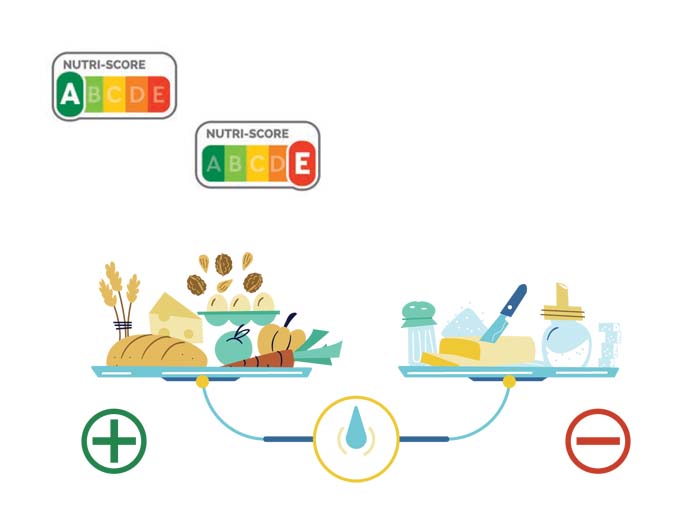
 The demands that consumers place on companies and brands they trust have risen significantly. They expect answers to pressing social issues and want meaningful progress. In the future, Siemens Hausgeräte wants to take this social mission into account with a rejuvenated brand identity. This will be shown for the first time at Eurocucina - including a new brand film, an international image and product campaign and a new retail concept.
The demands that consumers place on companies and brands they trust have risen significantly. They expect answers to pressing social issues and want meaningful progress. In the future, Siemens Hausgeräte wants to take this social mission into account with a rejuvenated brand identity. This will be shown for the first time at Eurocucina - including a new brand film, an international image and product campaign and a new retail concept.

 Neoviva treats international clients in the heart of Switzerland. Located on Lake Lucerne, surrounded by beautiful nature and good mountain air. The clinic is committed to helping its clients make significant and lasting improvements to their lifestyles.
Neoviva treats international clients in the heart of Switzerland. Located on Lake Lucerne, surrounded by beautiful nature and good mountain air. The clinic is committed to helping its clients make significant and lasting improvements to their lifestyles.  The Zurich agency Schläfle Trittibach was entrusted with the task of developing the corporate design, the
The Zurich agency Schläfle Trittibach was entrusted with the task of developing the corporate design, the 



